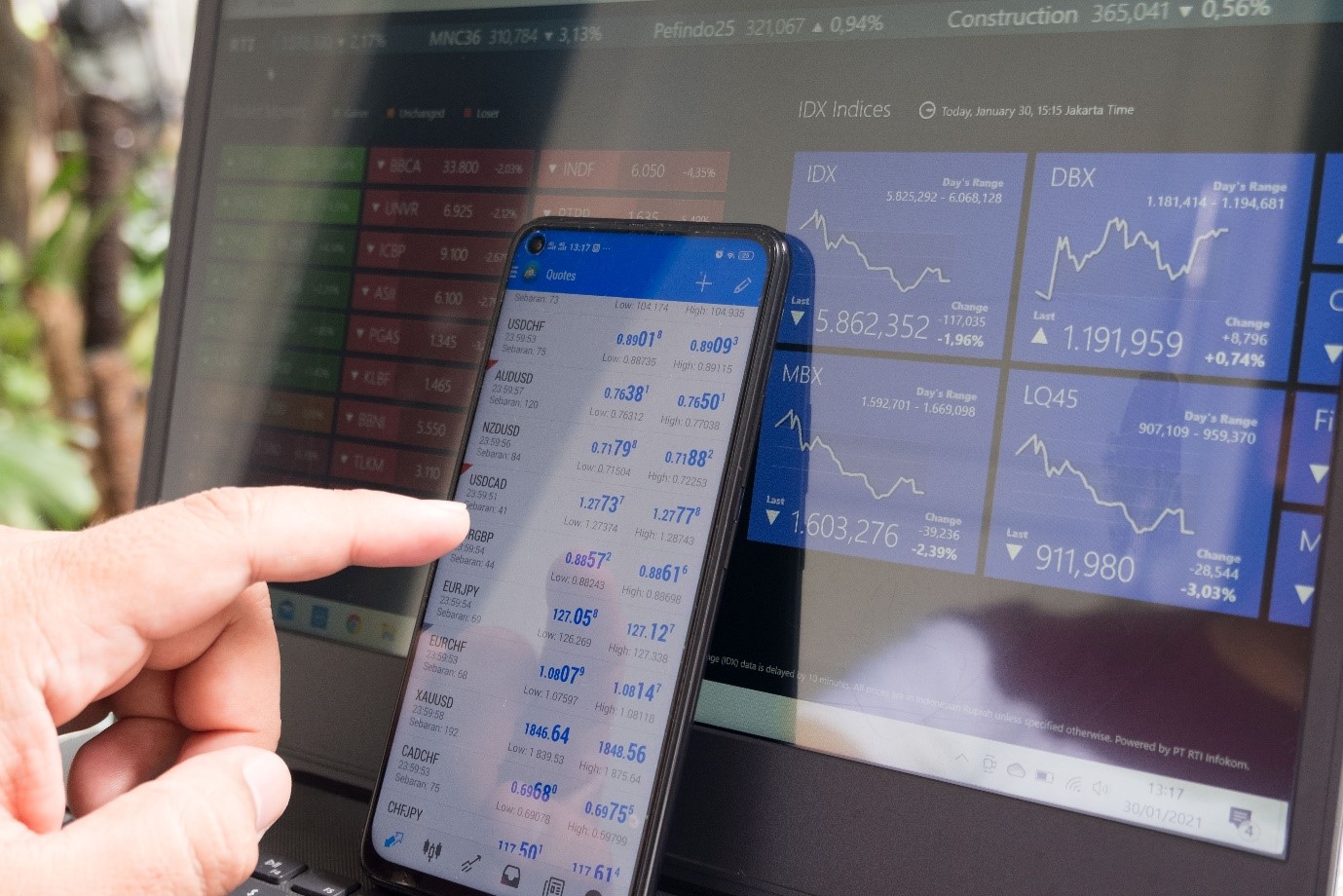Recently, stock markets across the world witnessed steep corrections on account of various geopolitical issues, particularly the Russia-Ukraine crisis. There was blood on the street with the benchmark index Nifty facing a correction of almost 15% from its swing high of ~18350 in the past 3 months. The Russian market has, in fact, halted its trading operations since February 28th, on account of the ongoing war, and extended it till March 18th. This is the longest break in the country’s modern history.
It is obvious that this bleak picture would make many investors/traders anxious, especially those who have entered online stock trading after COVID-19. These retail investors, having seen blood on the street for the first time, would have lost a good night’s sleep, worrying over whether they should buy, sell, or hold. In this article, we will help you assess the situation practically, making sure that you take an informed decision.
Well, there are 3 ways to look at this:
- Buy: In case you are a market veteran, you are aware that you must always have some cash in hand in caution of such situations arising. Take, for example, the COVID-19 crash in 2020—those who deployed cash made multifold returns on their capital.
- Hold: In case you are short of any cash to deploy, it is recommended that you keep holding your stocks as no bear market lasts forever. The world is no stranger to such events, having experienced this in the housing crisis of 2008–09, NBFC crisis in 2018, and COVID-19 crisis in 2020. The more severe the correction, the more powerful the pullback.
- Sell: Ideally, you are advised to avoid panic selling. However, with a periodic review of the portfolio, you can dump penny stocks or operated stocks, converting them into high-quality blue chips which you can hold forever.
An ideal portfolio should comprise India’s top tier companies. There should not be an ounce of doubt that a company in your portfolio is not going to be around for long as they will be leading the next bull run. As such, there is no need to take hasty decisions and overreact to a bear market move.
Filter out the long term large cap stocks which have constituted the Nifty Index for the longest time. Periodic corrections do not change anything fundamentally in such companies. Use such corrections to accumulate more of those stocks, and finally, when markets reverse, sit back and watch the results of your hard work unfold. Every portfolio should have a long-term objective which is blurred out due to short-sightedness when the market corrects, and this is where one should remember the words of the legendary investor Warren Buffett: “Be fearful when others are greedy, and be greedy when others are fearful.”
Conclusion
Your investment objective should be to compound wealth over a long term and beat the index. With discipline and investments at regular intervals, you can make this possible.

